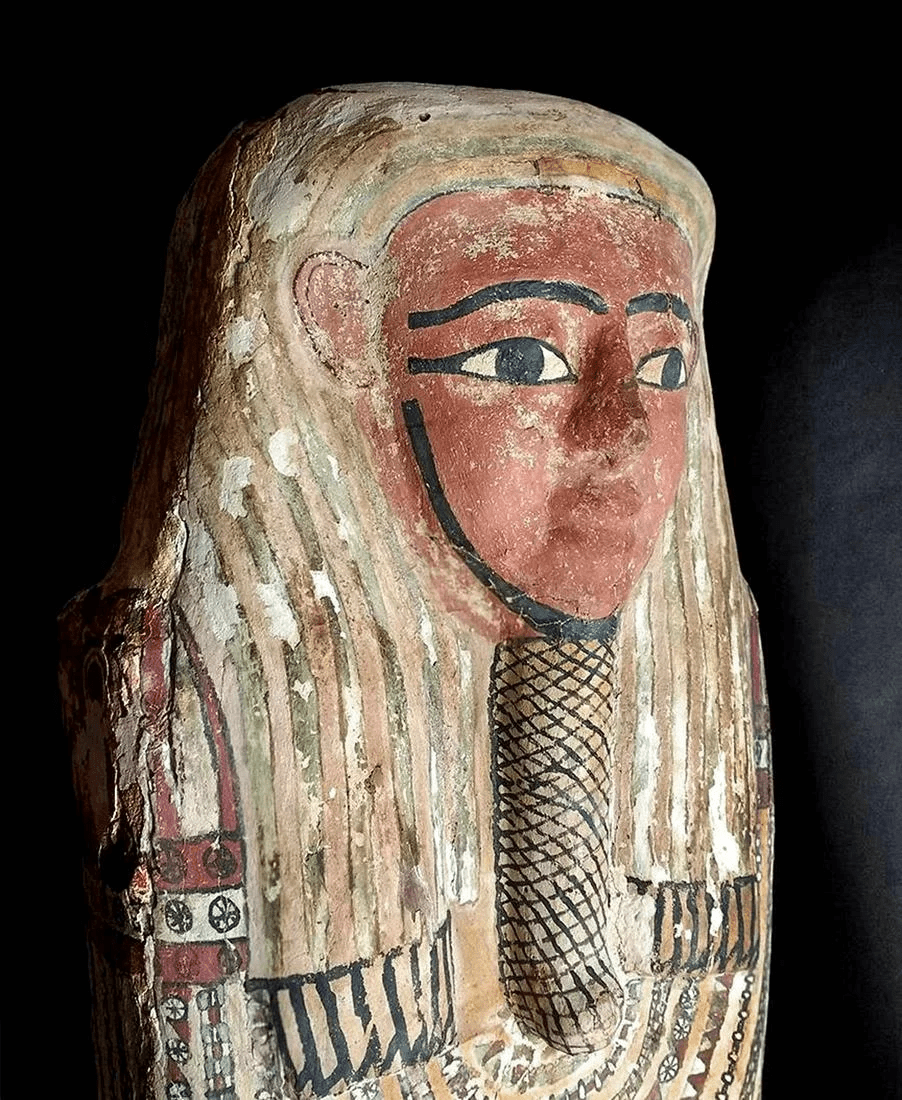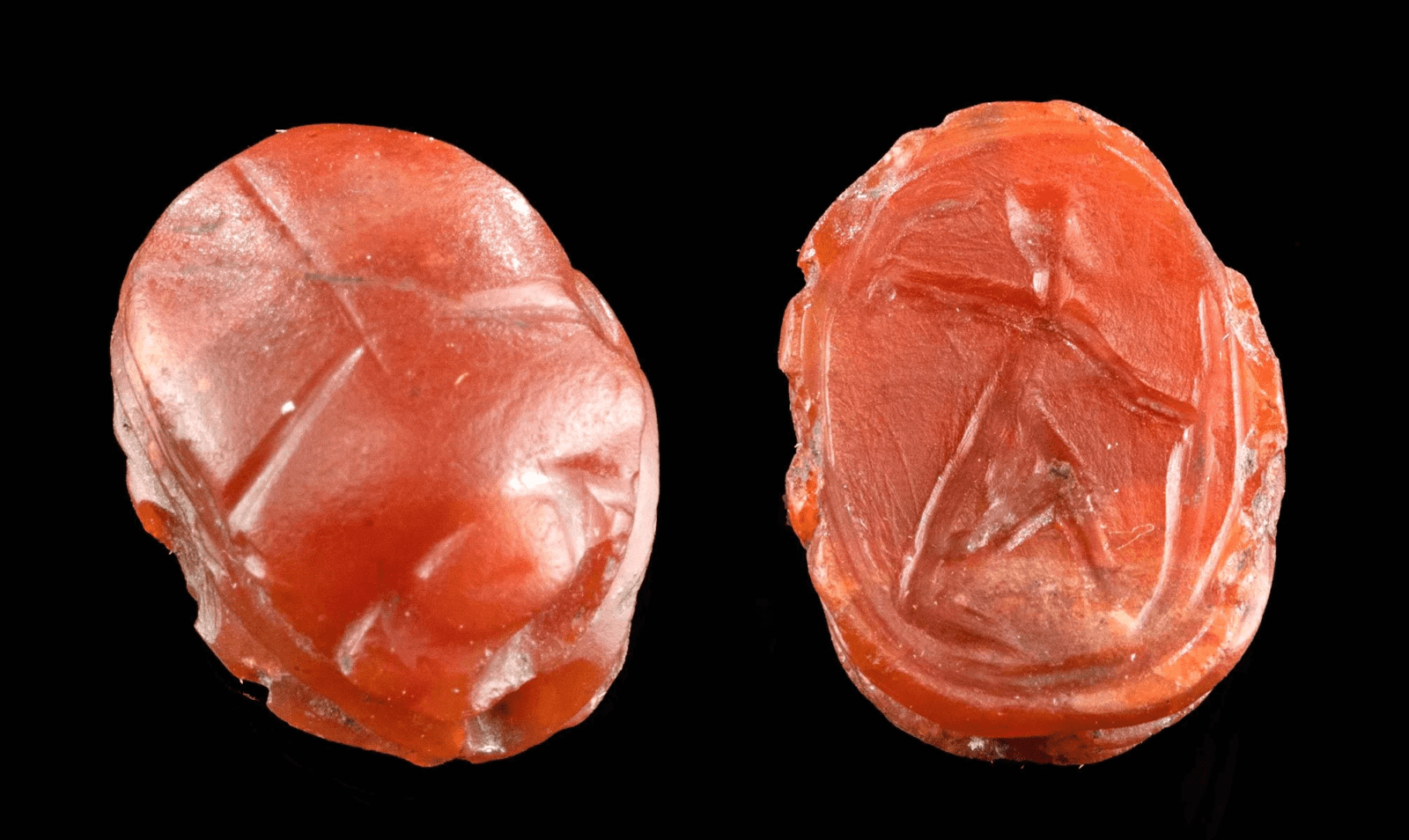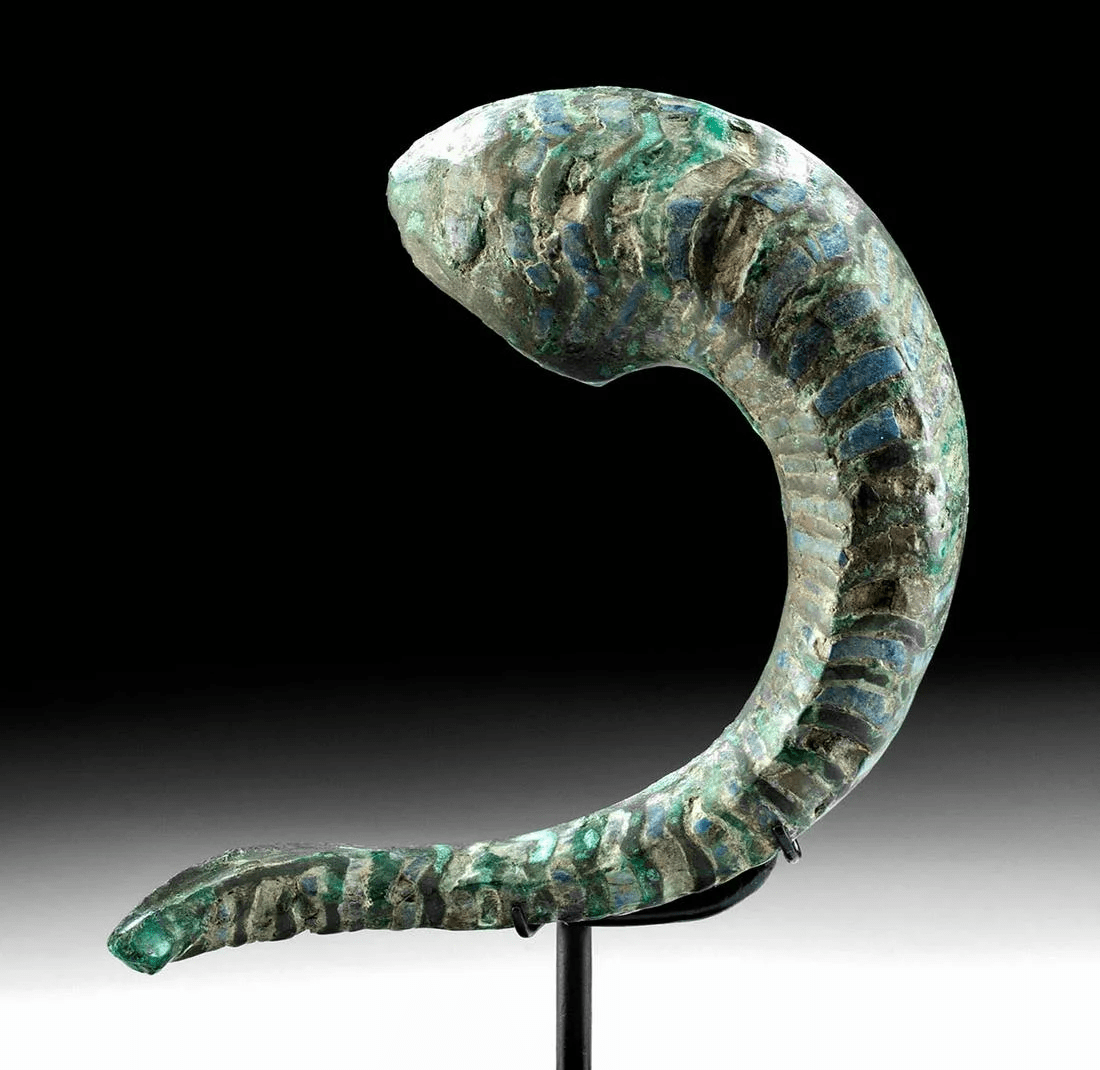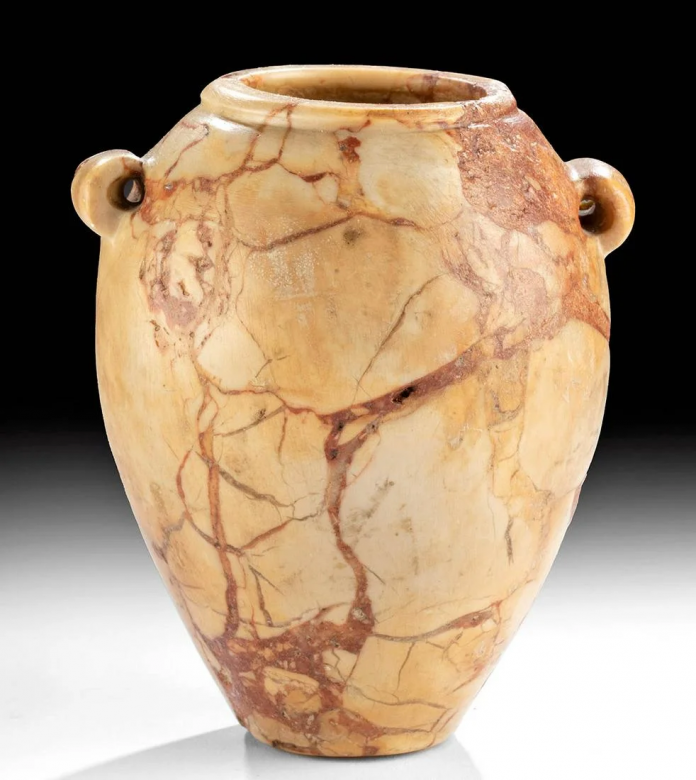Every auction accompanied by Artemis Gallery is a trip back in ages with impressive things from a lot of great history. The most excellent batches of investment-assessment art and artifacts from Egyptian, Greek, Roman, Near Eastern, and Far Eastern, and Pre-Columbian cultures are earmarked only for selling constructed under the Exceptional Series banner. The next Exceptional Antiquities, Asian & Ethnographic Auction, will begin June 4, includes 391 museum lots, with online bidding open through Live Auctioneers.

Egyptian Polychrome Gesso Coffin Lid
The main artifact at the auctions fascinating art and monuments of Ancient Egypt is a 74-inch-long polychrome gesso coffin lid about 664-332 BCE. Excellent decorated in general, it represents a peaceful face with a red-orange color, almond-shaped eyes, and a dark chinstrap with a beard. Anthropoid coffins like this one first were built in the Middle Kingdom. They were created to outline the mummies’ remains and painted with the countenance and hair of the dead person.

Egyptian 18th Dynasty Carnelian Scarab Thutmose III
Ancient Egypt, New Kingdom, 18th Dynasty, reign of Thutmose III, ca. 1479 to 1425 BCE. A wonderful scarabaeus that is carved by hand from a cornelian and represents the pharaoh Thutmose III on the flat base. The coulomb highlights characteristics is a small head, curved legs, and a closed wing shell that are all perfect saved. On the base are Thutmosу III who uses a bent khopesh in his right hand and a long cane or club in his left. A hole is made in the suspension through the body and allows this excellent thing to be used as an accessory.

Large Egyptian Bronze Ram’s Horn Lapis
A charming cast bronze ram’s horn decorated with lapis lazuli that produces the furrowed exterior outside of the horn. The undecorated horn provides us a concept of how it would be close to the god’s head, which may have also been bronze, or could have been created of stone. When the horn was making, the High Priests of Amun at Thebes had such prestige and control that they were the leaders of Egypt. They owned around 66% of all church areas and 90% of the boats. Amun’s worship reached a top at this time and his horn pulled from the Nubian sunny god during the New Kingdom era, were a major center of his worship.
The horn is a removable element from a giant statue; the horn itself is unbroken with a few little cuts on the edges. Much of the Lapis incrustation remains.

























